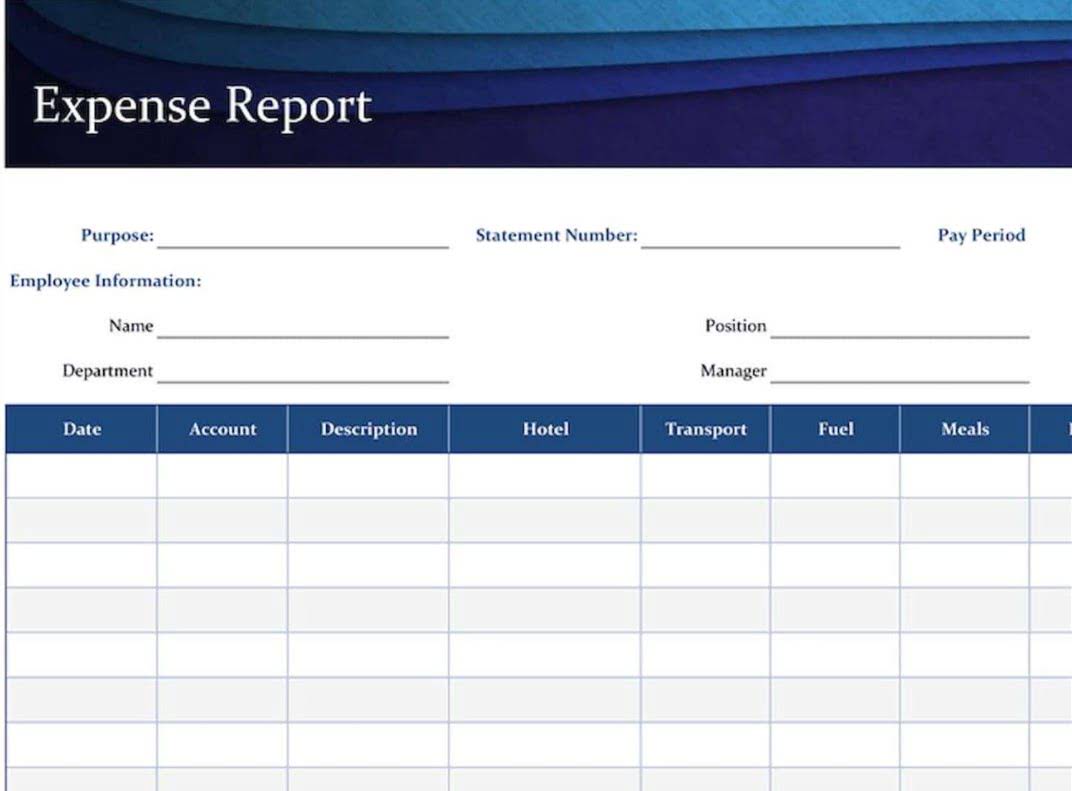Bookkeeping
Loan Journal Entry Examples for 15 Different Loan Transactions
Table of Contents

Service Revenues is an operating revenue account and will appear at the beginning of the company’s income statement. A current liability account that reports the amounts owed to employees for hours worked but not yet paid as of the date of the balance sheet. A current asset representing the cost of supplies on hand at a point in time. The account is usually listed on the balance sheet after the Inventory account.
Loan Journal Entry

In accounting this means to defer or to delay recognizing certain revenues or expenses on the income statement until a later, more appropriate time. Revenues are deferred to a balance sheet liability account until they are earned in a later period. When the revenues are earned they will be moved from the balance sheet account to notes payable journal entry revenues on the income statement.

Note Payable Example Journal Entry
In addition, the amount of interest charged is recorded as part of the initial journal entry as Interest Expense. The amount of interest reduces the amount of cash that the borrower receives up front. As each installment payment is made, the balance outstanding on the note is reduced and as a result the interest charge starts to fall. Since each installment payment is a fixed amount, the principal repaid increases with each payment. You’ll want to make sure to select the liability account for the loan from the Category dropdown in the Category Details section when creating a check. For the downloaded transactions, you can select the same liability account under the Category drop-down.
- Let’s assume that Sierra Sports was unableto make the payment due within 30 days.
- Additionally, the article compares Notes Payable with Accounts Payable, exploring their similarities and differences.
- A short-term notes payable created by a purchase typically occurs when a payment to a supplier does not occur within the established time frame.
- An interest-bearing note specifies the interest rate charged on the principal borrowed.
- This piece will provide an in-depth analysis of what constitutes Notes Payable, illustrating clear real-world examples.
- Further the company has the right to the interest earned and will need to list that as an asset on its balance sheet.
- For example, on January 1, we have issued a $10,000 note payable in order to purchase office equipment from one of our vendors.
The Journal Entry For Payment Of Loan On The Due Date
- These agreements detail all important points surrounding the transaction.
- Example Part 1 – Interest income of 2,500 related to the current year is due on the balance sheet date.
- At the later date, we can eliminate this amount of note payable when we honor the promissory note that we have issued for purchasing the equipment by paying the promised amount to the vendor.
- When a company decides to repay a note payable before its maturity date, it may incur a gain or loss depending on whether the repayment amount is less than or greater than the carrying amount of the note.
- You create the note payable and agree to make payments each month along with $100 interest.
- On the maturity date, both the Note Payable and Interest Expense accounts are debited.
- In accounting this means to defer or to delay recognizing certain revenues or expenses on the income statement until a later, more appropriate time.
The $500 in Unearned Revenues will be deferred until January through May when it will be moved with a deferral-type adjusting entry from Unearned Revenues to Service Revenues at a rate of $100 per month. Accountants also use the term “accrual” or state that they must “accrue” when discussing revenues that fit the first scenario. Further the company has the right to the interest earned and will need to list that as an asset on its balance sheet.
Adjustments of this kind are recorded in a new document called a Accounting Periods and Methods credit memo. Every credit transaction affects the AP ledger and some other relevant ledger. For example, the correcting entry should reference the original incorrect entry and explain the reason for the adjustment, maintaining a transparent and auditable record.

However, the notes payable are typically transacted with a single lender; for instance, a bank or financial institution. The cash account, however, has a credit entry, given the cash outflow in making repayments, which records a decreased asset. When a company borrows money and signs a promissory note, it debits the cash account and credits the Notes Payable account, signifying an increase in cash and a new liability. If there’s an interest expense, it would be recorded by a debit to Interest Expense and a credit to Interest Payable. At the note’s maturity, the company would debit Notes Payable and Interest Payable and credit Cash, indicating repayment of liability and coinciding reduction in cash. In this journal entry of issuing the $10,000 promissory note, both total assets and total liabilities on the balance sheet increase by the same amount of $10,000 as of July 1, 2021.

Journal Entries for Notes Payable
The terms of the agreement will state this resale possibility, and the new debt owner honors the agreement terms of the original parties. A lender may choose this option to collect cash quickly and reduce the overall outstanding debt. Suppose for example, a business borrowed 7,273 cash from a lender by signing a 12 month, non interest bearing note payable with a face value of 8,000. The business receives cash of 7,273 in return for having to pay back the lender 8,000 in twelve months time. As the name implies, Partnership Accounting a non interest bearing note or zero interest note, does not have an interest rate and does not charge periodic interest payments on the outstanding liability. In order for the lender to get a return on their zero interest notes payable, the notes are issued at a lower price than their face value.


